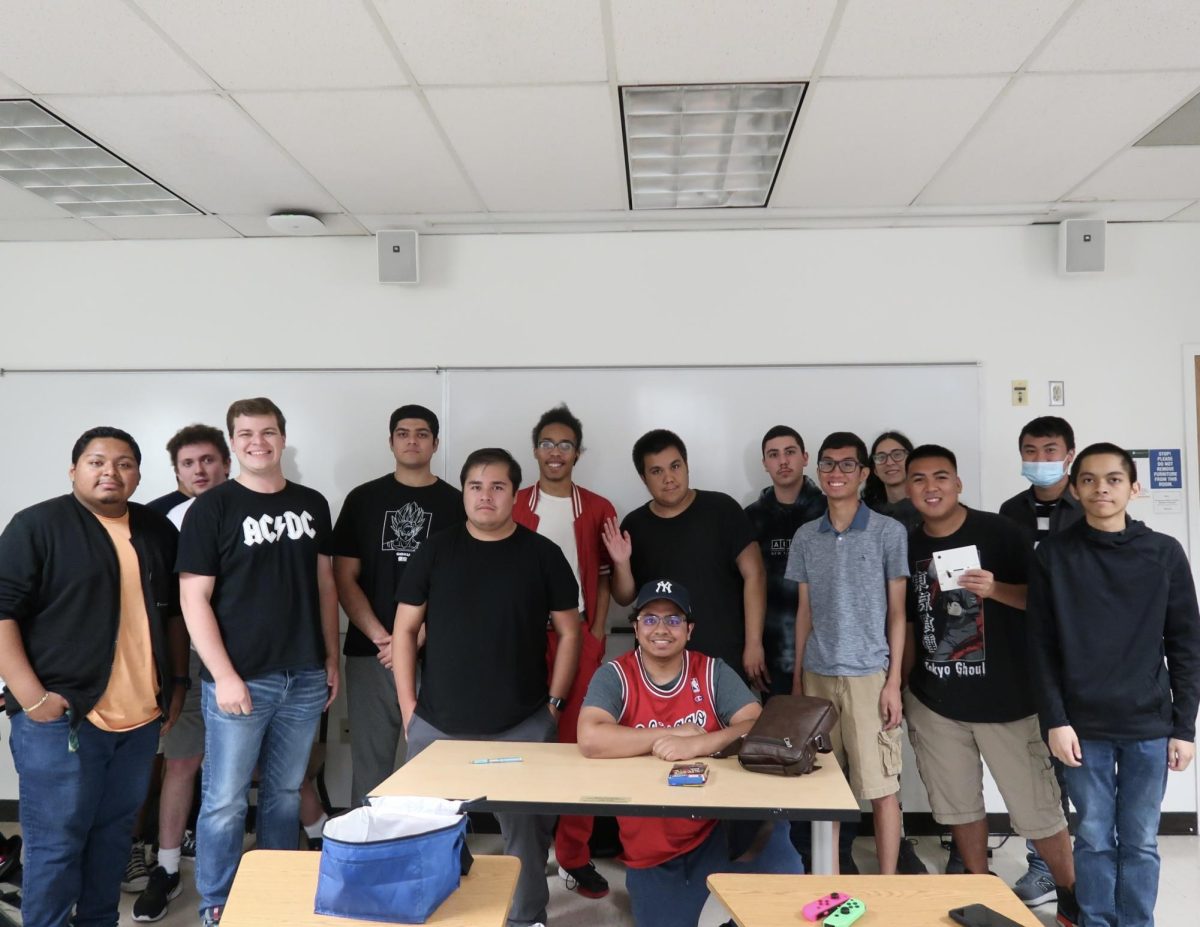Originating from Japan, anime is a form of animation with visually stunning artistry while manga is the term for Japanese graphic novels with diverse genres and captivating storytelling. Both are two facets of Japanese pop culture that have reached audiences worldwide.
The Anime and Manga Society Club at Sac State is a tightly-knit community of students who share a mutual love and appreciation for anime and manga.
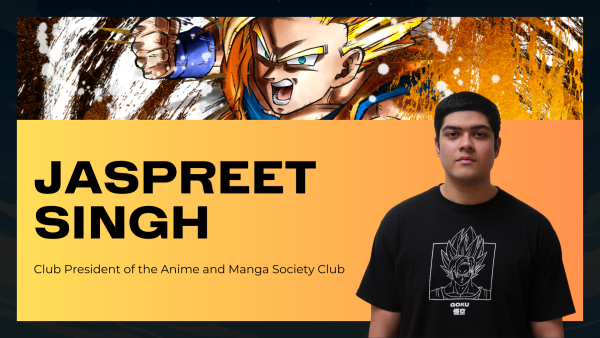
Jaspreet Singh is a senior physics and astronomy student who is also the president of the Anime and Manga Society Club. He said on Mondays the club hosts anime viewing days, Thursdays are game nights and Fridays tend to be miscellaneous events.
He said it was his appreciation for the club and an eagerness to boost the club that motivated him to become club president.
“When I first joined the club, I really enjoyed what the club was about,” Singh said. “It’s a place where people can enjoy hobbies together.”
Singh said the club is important to him because he has seen it help people connect with each other through a shared interest in anime and manga.
“There are so many different types of anime that can appeal to all sorts of people,” Singh said. “When you enjoy an anime, you’re bound to find people who also enjoy it.”

Singh said he has noticed a negative stigma associated with being an anime fan.
“It’s unfortunate because I’ve seen people who’ve wanted to join the club, but were hesitant of what people think,” Singh said. “The club is just like any other club, we’re just trying to have fun and create community.”
Jeffrey Dym, a history professor at Sac State teaches courses on the history of manga and history of anime.
Dym said his history of manga course covers the origins of graphic images in Japan, the ancient art history of Japan that influenced manga, and the introduction of Western-style art in Japan.
“It’s hard to cover everything,” Dym said. “A third of everything published in Japan is manga and it covers every single topic imaginable.”
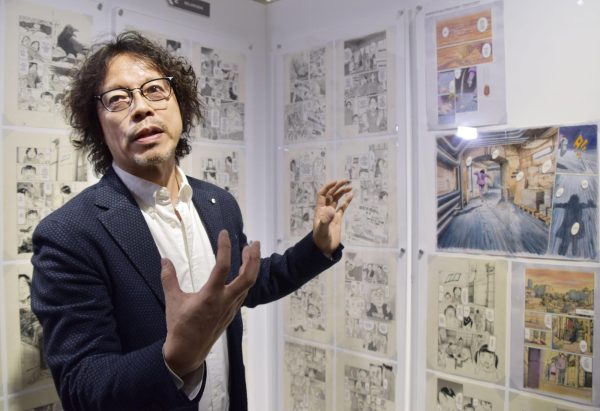
Dym said that with anime and manga, there is something for everyone. He added that his personal favorite mangaka is Naoki Urasawa, who is known for his suspenseful thrillers and intricate mysteries.
“I’m an older guy so middle school romance probably wouldn’t be fascinating to me,” Dym said. “I prefer more of the action-oriented and mystery storylines.”
Dym said anime and manga cater to a female audience more than American comics and animation do.
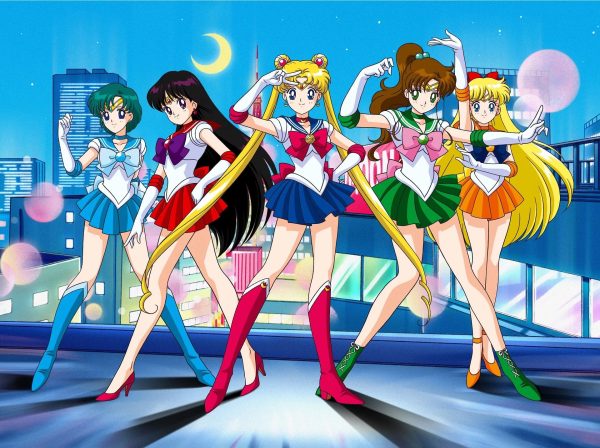
“In anime and manga, there are categories just for women and women of all ages,” Dym said. “When I started teaching the course, the number one manga that probably got American women interested in manga probably would have been Sailor Moon.”
Alexzandro Hernandez, a senior mathematics student and treasurer for the Anime and Manga Society Club said club meetings have diverse club members.
Hernandez said the club is more than just an appreciation for anime and manga content.
“The club is also a medium to get a lot of people in a general social setting where they can interact with people who have similar interests and grow good connections,” Hernandez said.
Hernandez said he thinks anime and manga are popular globally because of the quality of storytelling.
“The storytelling can dive into all sorts of content and can be expressed visually through anime,” Hernandez said. “There’s a lot of different themes people can look into, characters that they can have a fascination with or in general just appreciate the art style.”
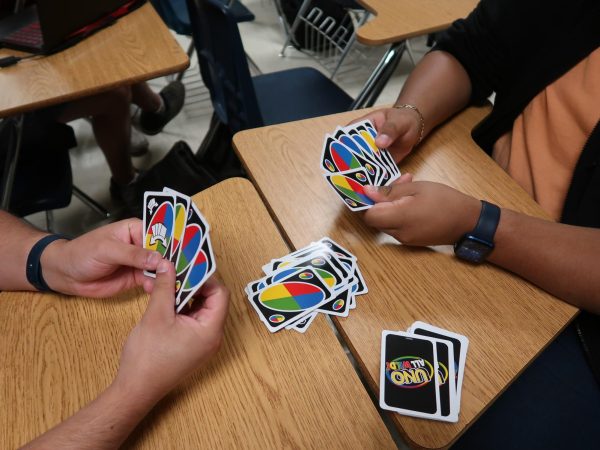
Hernandez said slice of life is a genre of anime and manga that can show people the aspects of everyday life in Japan and how different cultures can be.
“There’s a lot of cultural aspects that are implemented into various anime because that is just the lifestyle for some,” Hernandez said. “When put into a form of media like anime, it gets people exposed to different types of cultures.”
Hernandez said it’s important that there are characters in anime and manga that have differences whether it be culture, background or even design.
“It sets up definitions for the characters,” Hernandez said. “I think when you establish different characters of different points of origin and bring them together for a story, you can see a lot of interesting focuses.”
Angel Marroquin, a freshman philosophy student and club member, said he wanted to join the club to make new friends.
“I look forward to meeting new people and talking about the anime we’re watching and manga we’re reading,” Marroquin said.
Marroquin said he got introduced to anime when he watched “Dragon Ball Z” with his dad as a child.
“It was such a bonding moment for us,” Marroquin said. “Watching ‘Dragon Ball Z’ also got me interested in getting into new anime.”
Marroquin said he thinks the importance of anime and manga in Japanese pop culture is similar to the importance Western animations and comics have in America.
“It’s kind of like the way comics are here in Western media,” Marroquin said. “They’re entertaining stories we know aren’t real, but we could still relate to the characters and the passions they have.”
Singh said anyone can join the club at any time. He added that the main way to join would be through the club’s discord, which is linked in their Instagram bio.
The club meets twice a week on Mondays and Thursdays from 6 p.m. to 9 p.m. in room 1020 of Mendocino Hall. The club also has bi-monthly meetings on Fridays that are to be announced.
For more information about the Anime and Manga Society Club and how to join, check out their Instagram here.































































































































